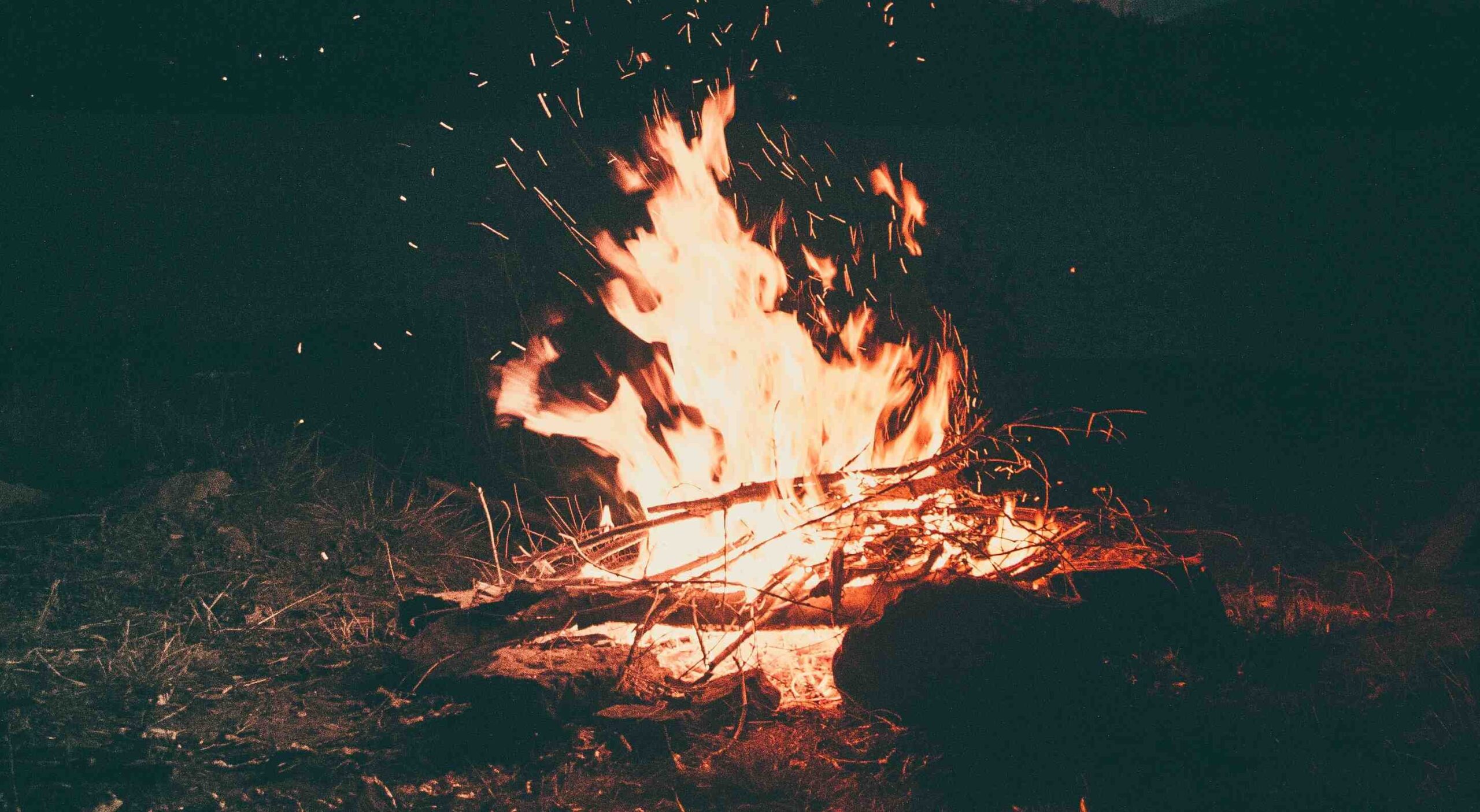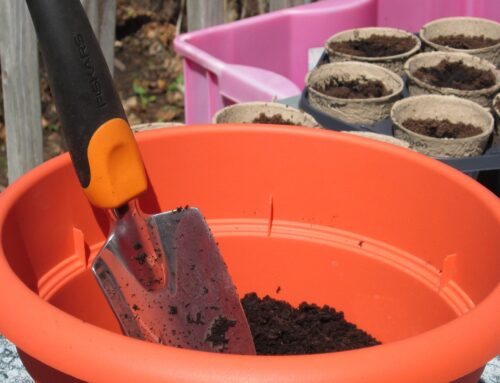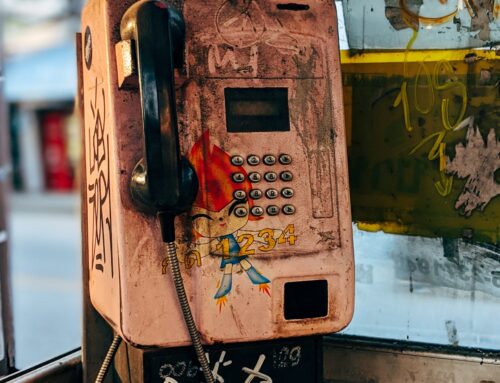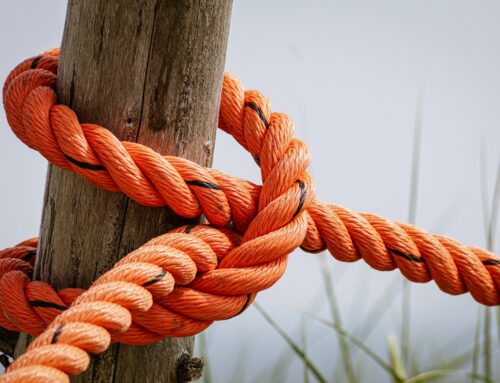Fire starting is a critical and vital survival skill. It provides warmth, protection, and a means to cook food or sterilize water. Fire starting is basically nothing short of a life-saving skill. Whether you’re a seasoned prepper or just beginning your journey in self-reliance, knowing how to use a fire starter effectively is paramount. In this guide, we’ll explore various types of fire starters and provide step-by-step instructions on how to harness the power of fire in the most challenging situations.
Types of Fire Starters
Before we delve into the specifics of using fire starters, let’s familiarize ourselves with the different types available:
- Matches: Traditional matches are a common and straightforward option. Strike the match head against the striker strip to ignite it. However, they can be affected by wind and moisture, making them less reliable in adverse conditions. They are much less likely to stay around in a longer survival scenario.
- Lighters: Disposable lighters and refillable butane lighters are convenient and provide a stable flame. They are resistant to wind and moisture, making them an excellent choice for most situations. As long as you have gas, lighters will be a very easy and effective way for fire starting.
- Ferrocerium Rods (Firesteel): The preferred choice for survivalists, these rods produce blistering sparks when scraped with a metal striker. They are durable, weather-resistant, and can ignite even in the wettest environments.
- Fire Starter Sticks: Infused with flammable material, these sticks can be ignited with sparks from a ferrocerium rod or other fire starters. Lightweight and waterproof, they are a reliable choice for survival situations.
- Fire Starter Cubes: Compact yet powerful, these cubes are often made of paraffin wax and sawdust. They ignite easily and provide a sustained flame, making them ideal for starting fires with damp wood.
- Fire Starter Gel: Versatile and waterproof, this gel can be applied directly to firewood, ensuring a dependable ignition source even in the most adverse conditions.
Instructions on Using These for Fire Starting
Matches and Lighters
- Gather Your Materials: Before you start, gather your firewood, tinder, and kindling. Ensure you have a safe and clear space to build your fire.
- Prepare Your Fire Lay: Create a fire lay by arranging your tinder and kindling in a manner that allows for proper airflow. This could be a teepee, lean-to, or log cabin style, depending on your preference.
- Lighting Matches: If using matches, strike the match head against the striker strip in the direction of the wind, if present. Hold the match close to the tinder and allow it to catch fire.
- Using Lighters: Simply ignite the lighter and hold the flame close to the tinder until it catches fire. Lighters are great for quick and easy ignition.
Ferrocerium Rods
- Prepare Your Fire Lay: As with matches and lighters, start by creating a proper fire lay.
- Hold the Ferrocerium Rod: Hold the rod firmly and position it at a slight angle above the tinder.
- Strike the Rod: Use a striker or the back of a knife to strike the rod forcefully. This will create sparks that should land on the tinder. Aim to strike at a 45-degree angle for optimal spark production.
- Nurture the Spark: Once a spark lands on the tinder, blow gently to nurture it into a flame. Gradually add more kindling as the fire grows.
Fire Starter Sticks, Cubes, and Gel
- Prepare Your Fire Lay: As always, start by preparing your fire lay.
- Ignite the Fire Starter: For sticks and cubes, use a ferrocerium rod, lighter, or match to ignite the fire starter. For gel, apply it directly to the firewood.
- Add Kindling: Once the fire starter is burning, add kindling to build up the flame. Continue to feed the fire with larger pieces of firewood as it grows.
Conclusion
In the world where we never know when we could face a SHTF situation; Fire starting is an essential skill that can mean the difference between life and death. Understanding the array of fire starters available and mastering their use is a fundamental aspect of self-reliance and preparedness.
Whether you find yourself navigating the wilderness, facing a power outage, or preparing for unforeseen emergencies, the ability to start a fire with confidence is a crucial asset. Remember to prioritize safety, adhere to local regulations, and always have a well-thought-out fire-making kit as part of your survival gear.
With practice, patience, and a deep understanding of these fire-starting techniques, you’ll be equipped to handle any situation that comes your way.






